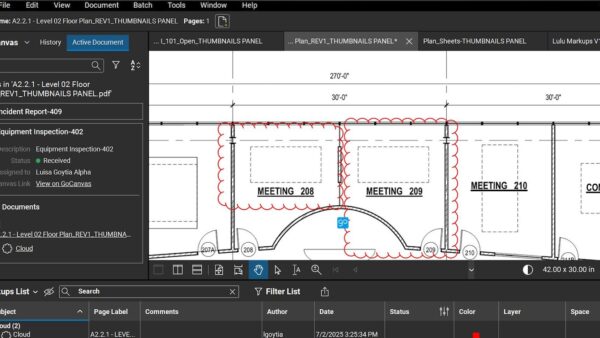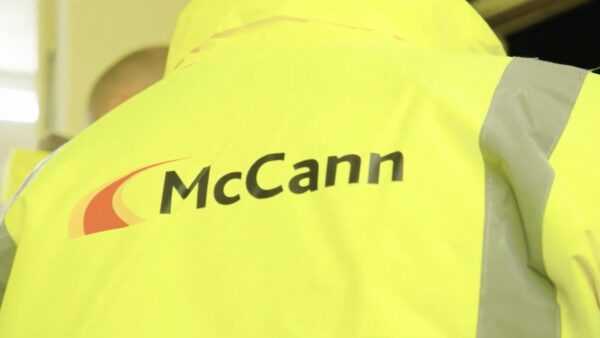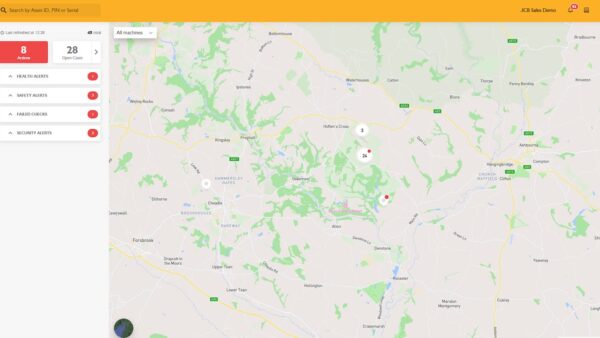
Whilst the challenges surrounding material quality, skills shortages and project delivery have been the UK construction industry’s core focus for decades, there’s a deeper, more fundamental issue holding us back. It’s something that, if resolved, could help overcome these problematic issues: the way we handle data. Dr Stephen Hamil reports.
Currently, despite best efforts to address the situation, information about construction products still remains fragmented, dated or locked away in silos and is often inaccessible to those who need it most. It’s slowing us down and leading to costly mistakes. Most importantly, it represents a missed opportunity to innovate and improve.
Yet the solution isn’t simply more digital tools or an added layer of compliance to sift through. We need a fundamental shift towards shared standards and true industry collaboration. This is where Digital Product Passports (DPPs) step in; set to transform how we track and trust data on the materials shaping our built environment.
From compliance to competitive edge
A DPP is a structured digital dataset that follows a product throughout its lifecycle. It will contain essential information, such as: who made the product, how it performs, what standards it meets, and its environmental impact. All of this information is accessible via a QR code.
This isn’t just about ticking boxes for compliance. By making this data accessible and standardised, everyone in the supply chain, from designers and contractors to regulators and building owners, can make better and faster decisions.
Under the EU’s CPR 20241, DPPs will become mandatory for key product categories. This means that for materials like concrete, steel and insulation, manufacturers will need to provide a digital passport containing technical specifications, safety and performance data, and environmental metrics (e.g. carbon footprint and recyclability guidance).
Staying in step with data standards
What does this mean for the UK? We’re no longer in the EU, but we’re definitely paying close attention. A big chunk of our construction products either come from, or go to, Europe, so staying in step with data standards isn’t just a nice-to-have, it’s going to be a necessity.
In addition, an industry consultation is underway. The Construction Products Reform Green Paper 2 is looking at determining whether we will follow in Europe’s steps. If manufacturers want to stay competitive and keep access to key markets, they cannot afford to fall behind.
This fragmentation creates friction at every stage: repeated manual data entry; inconsistent information; and an increased risk of specifying the wrong product or missing critical compliance requirements. It also makes it incredibly difficult to track environmental performance or leverage digital tools like building information modelling (BIM) and emerging AI technologies.
Fragmentation creates fiction
The real value of DPPs is their ability to break down the data silos that have plagued our industry for decades. Even today, with the knowledge and technology at our fingertips, product data is often buried in PDFs, proprietary databases, or even paper documents. Each project team might maintain its own records, with little consistency or interoperability.
By contrast, DPPs, built on shared, machine-readable standards, enable information to flow seamlessly across the supply chain. When a designer specifies a product, for example, they can instantly access up-to-date, verified data. Contractors and installers also benefit from clear instructions and compliance evidence.
Asset managers and building owners can then understand how to efficiently operate and maintain their systems and products throughout the building’s life as well. This transparency doesn’t just reduce errors and delays, it lays the groundwork for smarter, more sustainable construction.
Industry tools like the Code for Construction Product Information (CCPI) and product information platforms such as NBS Source are already moving us in this direction. By encouraging manufacturers to adopt global identifiers and structure their data for digital use, we’re making it easier to create and maintain DPPs. The revised CPR’s alignment with standards like EN 15804 for Environmental Product Declarations further supports this, enabling transparent reporting of lifecycle impacts and supporting the shift towards a circular economy.
Unlocking the full potential of technologies
Preparing for this digital future is not a matter of simply upgrading your IT systems. It requires a cultural shift towards openness, collaboration, and continuous improvement. Manufacturers need to review their data management processes, identify gaps, and engage with industry-wide standardisation efforts.
Specifiers and contractors should demand high-quality, accessible product data and work with partners who are committed to digital best practice. As an industry, we must recognise that better data isn’t just a compliance exercise, it’s now a competitive advantage.
The move towards DPPs is an opportunity to address construction’s biggest data headache. By embracing shared standards and digital collaboration, we can reduce mistakes, boost efficiency, and unlock the full potential of technologies like AI. With regulatory momentum building on both sides of the channel, now is the time to digitise your product data and futureproof for a DPP-ready world
Dr Stephen Hamil is innovation director at NBS















